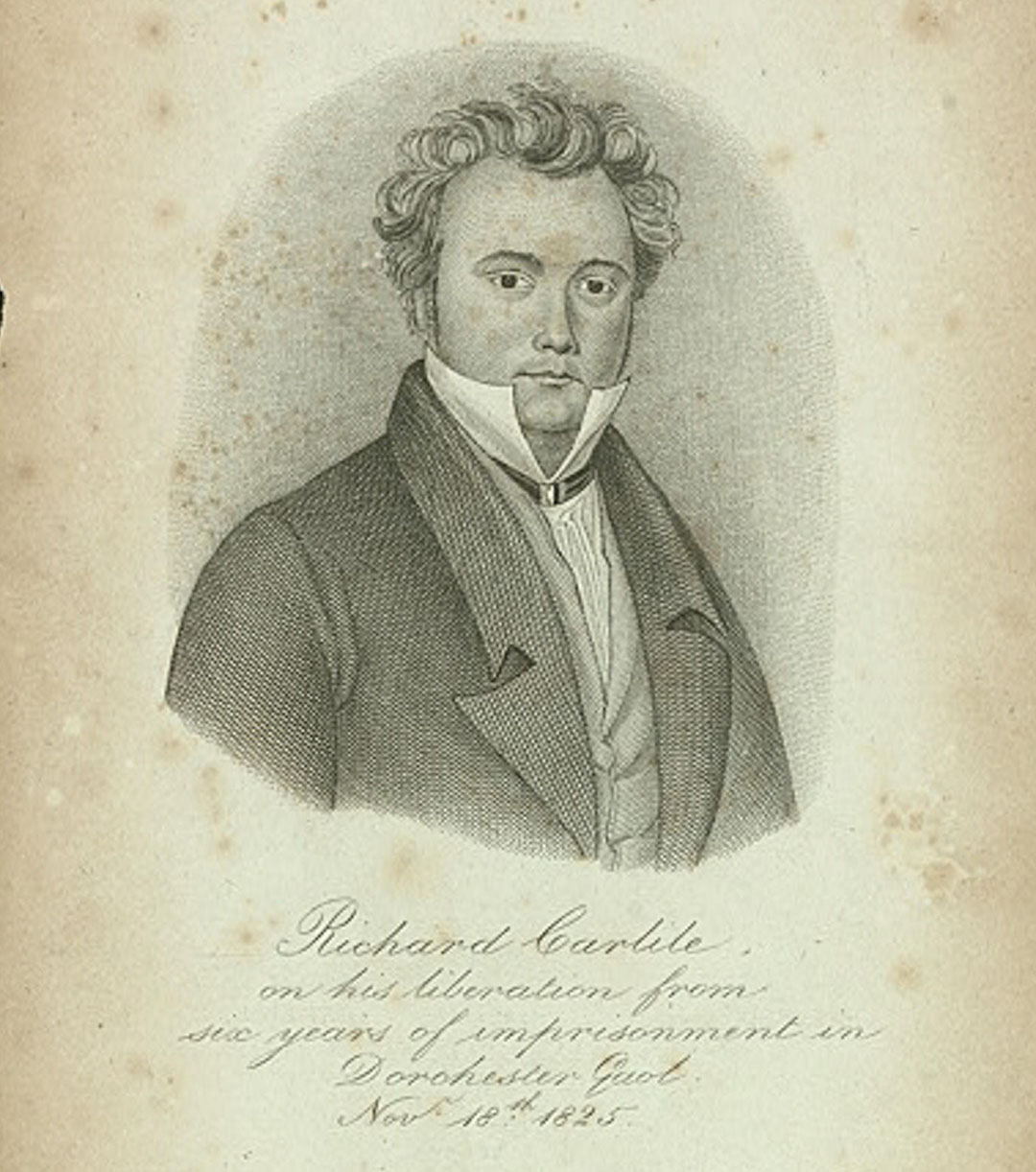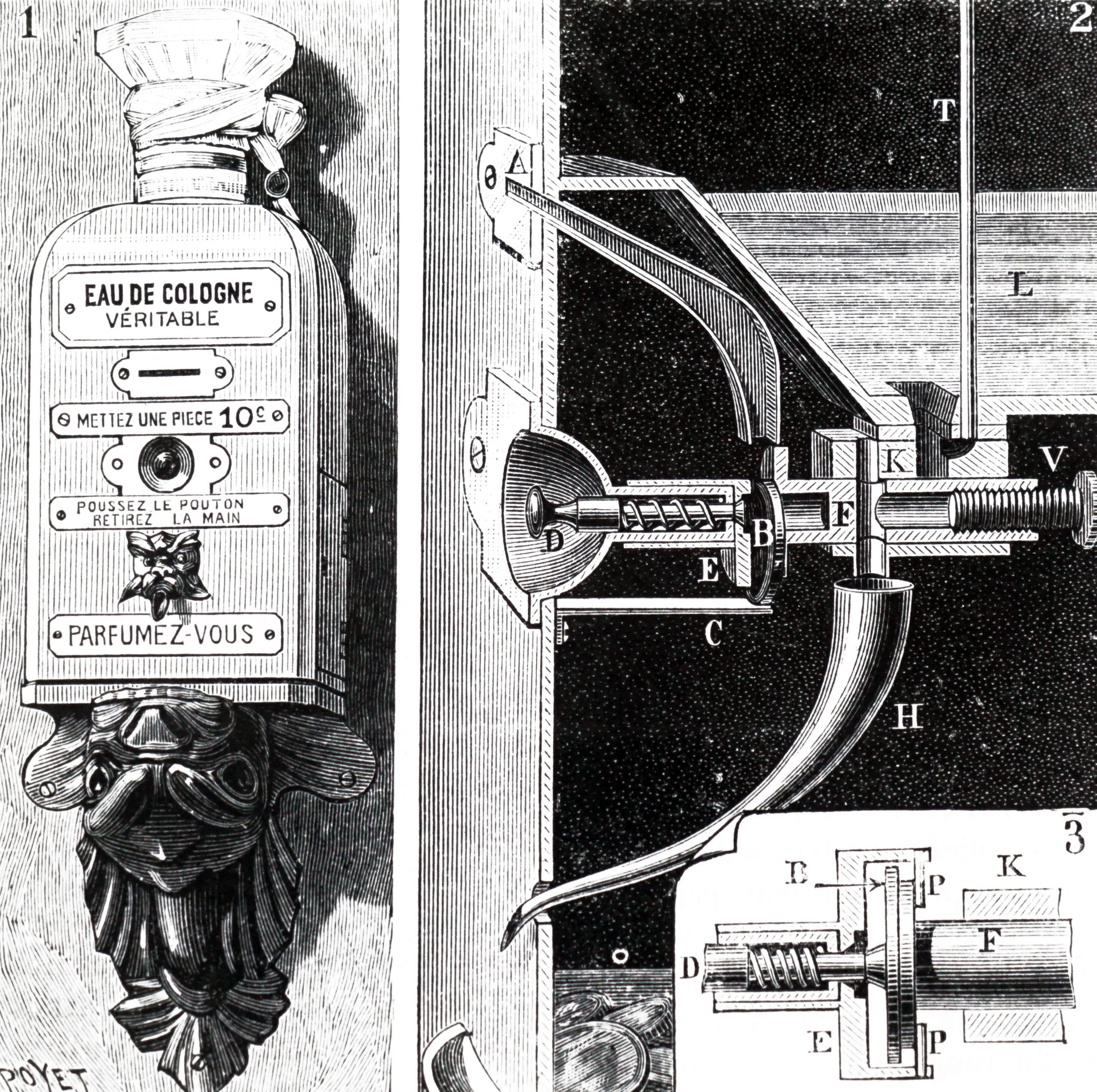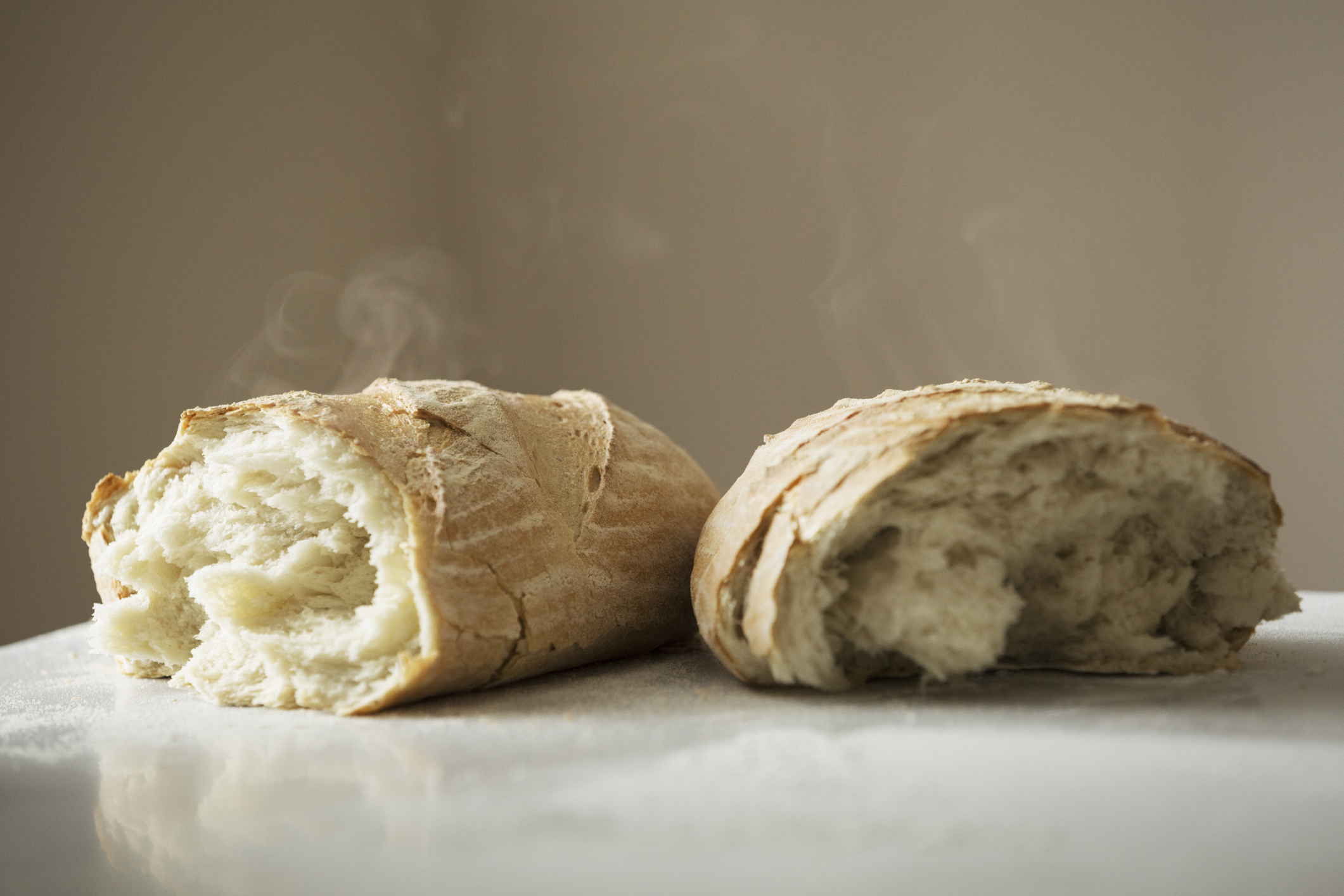Curious Questions: Who invented the vending machine? (Clue: they've been around for 2,000 years)
Coming across a bizarre statistic prompts Martin Fone to look at the creation of the vending machine, unearthing an incredible tale.


A curious statistic, that vending machines kill four times more people than sharks do, piqued my interest. Its source — a 1995 report from the Consumer Product Safety Commission — revealed that since 1978 at least thirty-seven Americans had been killed rocking or tilting a faulty vending machine, a death toll of 2.18 per annum. The average annual mortality rate rose to four between 2002 and 2015, according to a later report. A fully laden vending machine, weighing between 180 and four hundred kilograms, is not to be messed with.
With no comparable statistics for the United Kingdom, killer vending machines might be a uniquely American phenomenon, a deadly illustration of the quip that ‘change is inevitable – except from a vending machine’. At least their gradual conversion to contactless forms of payment is eliminating the usual source of frustration, coin in, nothing out.
Britain has over 420,000 vending machines, roughly one for every fifty-five of us, from which approximately seven billion items are dispensed a year, generating a turnover of around £1.54 billion. Nearly a third (31%) of all sales are drinks, with eight million cups of coffee and two million teas served every single day of the year.
Japan, though, is the nation of the vending machine, with five million or one for every twenty-three citizens. The range of goods dispensed by their machines includes fresh eggs, crepes, batteries, umbrellas, floral arrangements, edible insects, snails-in-a-can, and, recently, to the consternation of animal rights activists, whale and bear meat. In Germany, vending machines offer up to four varieties of sausage and accompanying side dishes, all that is needed to satisfy a wurst craving whenever it strikes.

The trend for imaginative uses of vending machines is reaching these shores. Penguin Books recently installed a book vending machine on Exeter St Davids train station, an innovation that has proven so successful that they held a public consultation to determine where to instal the next one. It is a reprise of an idea prototyped by their founder Allen Lane who attempted to increase the availability of his paperback books by installing the Penguincubator, a vending machine, outside a bookshop at 66, Charing Cross Road in 1937.
It was an apt choice of venue for stirring up the book trade. Previously known as the Bomb Shop, what had been the only socialist bookshop in the West End and a place of refuge for anarchists was a building ‘timorous women would hurry by, nervously fearful lest something would go off with a bang’, a contemporary source noted. Whether its notoriety thwarted the the Penguincubator’s enduring success is unclear.
The invention of the first vending machine
The first documented vending machine was created back in the first century AD by Heron of Alexandria. Not content with giving us the windmill, the fire engine, the water fountain, and the syringe, frustrated by how much holy water individual worshippers were helping themselves to in the temples of Alexandria, he devised an automatic dispenser.
Exquisite houses, the beauty of Nature, and how to get the most from your life, straight to your inbox.
The worshipper would put a coin into a slot on the top of the machine which fell onto a metal lever, operating like a balance beam. At the other end of the beam was a piece of string attached to a plug that stopped a container filled with the holy water. The weight of the coin caused the beam to tilt, lifting the plug and dispensing liquid until the coin fell off the beam, at which point the plug would be replaced. This ingenious device ensured that everyone received their fair share of the water.

Honour boxes were a feature of English taverns from the 17th until at least the 19th century, a form of portable tobacco dispenser. Made of brass, and designed to be passed around, it had a slot to take a penny coin and a plunger which, once the coin had dropped, opened a tobacco compartment. Unlike Heron’s water dispenser the machine did not release a precise quantity of tobacco, instead relying on the customer’s honour to take only a pipeful and shut the container door before passing it on to the next smoker.
A six-year prison sentence for distributing seditious and blasphemous material, such as Thomas Paine’s The Age of Reason (1794), led bookseller, Richard Carlile, to consider how he could automate the sale of such books. His solution, developed in 1822, was a self-service machine which allowed the purchaser to turn a dial to select the publication they wanted, deposit their money, and the book or journal would drop down in front of them. Whether this was an automated process is unclear, but notwithstanding Carlile’s ingenuity, his wife and employees were still harassed and prosecuted by the authorities.

In 1867 Simeon Denham from Wakefield was granted a patent (No 706) for a ‘Self-Acting Machine for the Delivery of Postage Receipt Stamps’, the first fully automatic selling device. Once a penny had been inserted into the slot, the machine would cut a postage stamp from a strip held inside and shoot it out to the waiting customer. This rather crude device seems to have promised more than it delivered and was quickly forgotten.
It took another twenty years for automatic vending machines to come into their own, Percival Everitt patenting the first commercially successful one, a postcard dispenser, in 1883. Once the design had been improved two years later, Everitt’s machine soon became a common feature in railway stations and post offices, offering envelopes, notepaper, and stamps for a coin of the realm. Such was the demand for vending machines that the first company specifically to deal with their installation and maintenance, the Sweetmeat Automatic Delivery Company, was formed in England in 1887.
Around the same time the Railway Automatic Electric Light Syndicate Ltd, founded by Dixon Davies and John Tourtel, patented a coin-operated reading lamp for use on trains. Drawing power from batteries, it offered a traveller thirty minutes of light for a penny. Neither it nor Tourtel’s coin-operated gas meter were a commercial success.
Packaged comestibles began to be dispensed from vending machines in the 1890s, the German chocolate manufacturer, Stollwerck, selling its wares from around 15,000 machines by 1893. They extended their range of goods to include cigarettes, matches, chewing gum, and soap products.

Over in America, Minneapolitan W H Fruen patented his ‘Automatic Drawing (of liquids) Device in 1884 which dispensed liquid in a manner remarkably like that deployed by Heron almost two millennia earlier. It did not prove a success and America had to wait another four years before the Thomas Adams Gum Company developed the country’s first practical vending machine, selling their Tutti-Frutti chewing gum, sited on a New York subway station platform. After a slow start, they have never looked back.
The practicalities associated with storing and delivering products has naturally limited what vending machines can offer, but within those constraints human ingenuity has triumphed. In the late 19th century, a vending machine in Corinne, Utah, offered legal divorce papers for $2.50 while for the same amount travellers at American airports could buy a life insurance policy covering a one-way trip well into the 1960s.
I wonder what Heron would have made of it all.

Credit: Alamy Stock Photo
Curious Questions: Who invented the lawnmower?
Martin Fone delves into the history of the lawnmower and discovers a link to weaving machines.

Credit: Getty Images/Mint Images RF
Curious Questions: Who invented the bread maker?
Making bread by hand is rewarding, but inconsistent — unlike the stuff you'll get from a decent automatic bread maker. Martin

Curious Questions: Where have all the acorns gone?
Last year, oak trees shed acorns by the billion — this year, they're almost nowhere to be seen. What's behind the

Credit: Alamy
Curious Questions: Why are pineapples called pineapples, when they're not pines and not apples?
Martin Fone delves into the curious history of one of the world's most popular tropical fruits.

Curious Questions: Where do conference pears get their name?
Conference pears bear one of the oddest and most incongruous names in the world of fruit and veg. Martin Fone,

Curious Questions: Can you hear the Northern Lights?
The Northern Lights — or Aurora Borealis — are among the planet's most extraordinary natural phenomena. Even stranger than their ethereal glow,
After graduating in Classics from Trinity College Cambridge and a 38 year career in the financial services sector in the City of London, Martin Fone started blogging and writing on a freelance basis as he slipped into retirement. He has developed a fearless passion for investigating the quirks and oddities of life and discovering the answers to questions most of us never even think to ask. A voracious reader, a keen but distinctly amateur gardener, and a gin enthusiast, Martin lives with his wife in Surrey. He has written five books, the latest of which is More Curious Questions.
